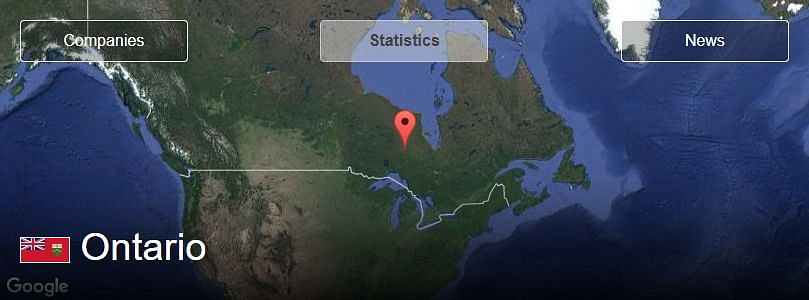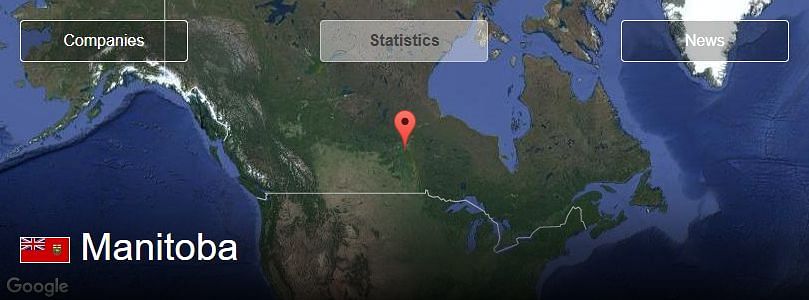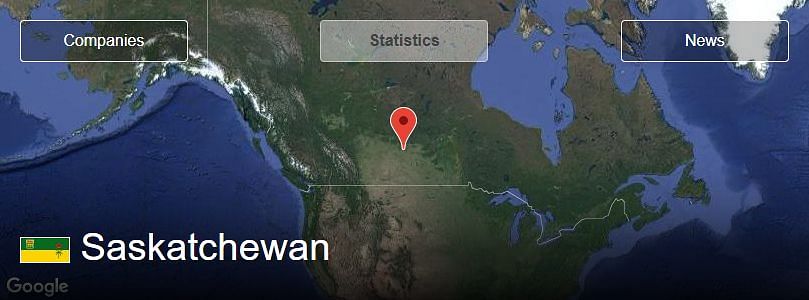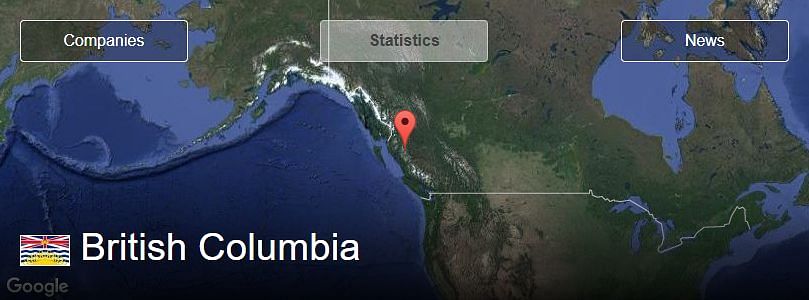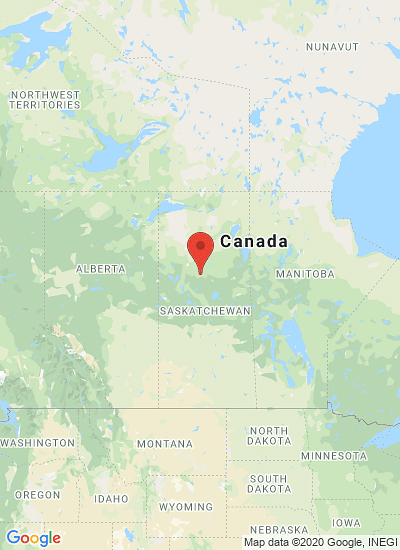UPGC Crop and Market Report June 18 2019
Crop and Market Report June 18, 2019
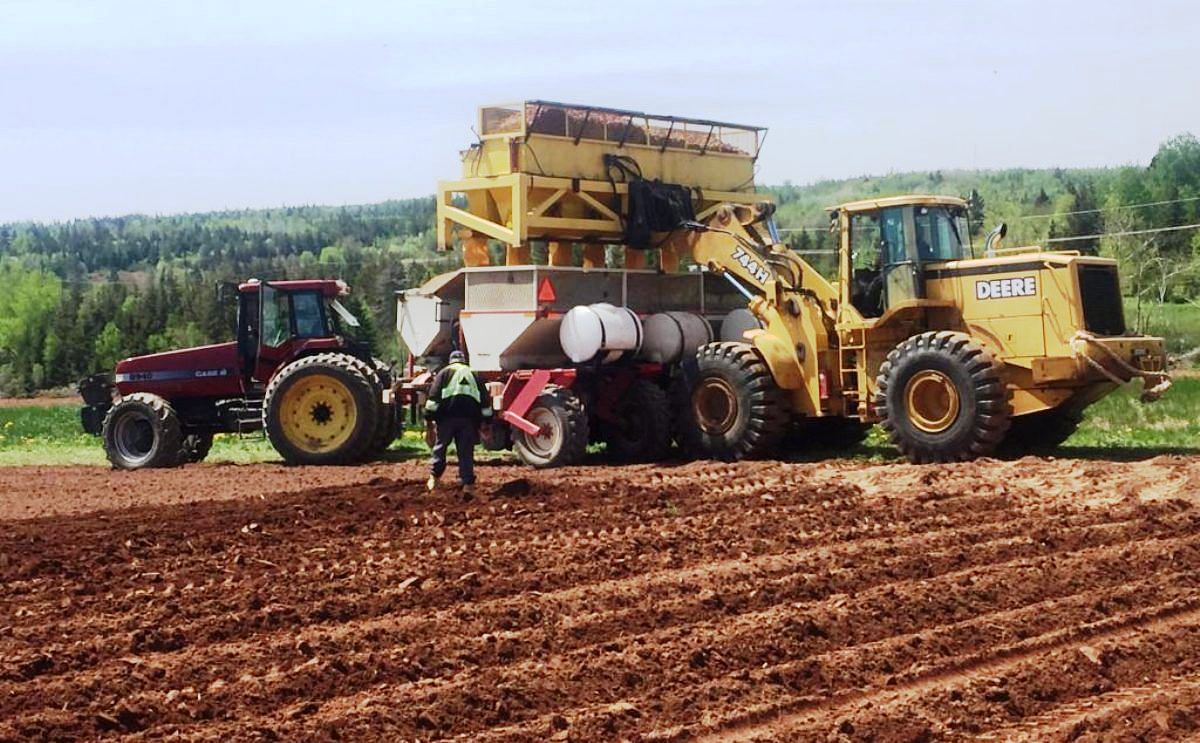
Report from the UPGC Board of Directors Meeting held in conjunction with the Crop Transition Conference in Minneapolis
Prince Edward Island
About 98% of the crop is in ground. The season is at least a week to 10 days late, due to cold and wet soil conditions earlier in the spring. Temperatures lately have been warmer than normal, so potatoes should emerge more quickly than last year.
Old crop holdings are down 20.5% with fresh down 31%. Overall shipments down 12%, with US exports down 26%. Major packers are able to supply their main customers. Prices on 10’s are currently $3.25 Fob compared to a year ago at $2.48.
Grower Return Index fob weighted average for all markets is $21.00 compared to $18.00 for one year ago. Even cull potatoes picked up at wash plant sheds are commanding a premium price that would rival #1 product in ordinary years.
Processing potatoes have been imported from five different regions: Nova Scotia, New Brunswick, Maine, Alberta, and Idaho. Growers have suffered a lot in the past year with their crop issues and the local processor has provided an additional $.22 on the existing contract to at least help out with increased fertilizer prices this spring.
Surprisingly enough there was some small amounts of seed left over this spring and imported seed was down 25% this spring. With the late season, there will be very little early crop this year and processors will be very tight, sourcing non-traditional varieties such as Kennebec, etc. to start fry lines on new crop. Acreage estimates at this time are for slight increases in fresh acres.
New Brunswick
The spring was also late in New Brunswick, with a lot of growers finishing planting around the June 7th date. Soil temperatures were also cool earlier on but are now improving.
Old crop holdings on June 1 are down 31.5% compared to a year ago. Acreage estimates at this time expect increases of 1,000 acres in the processing sector. NB applied for Agri-recovery assistance as well with no announcements yet.
Quebec
Old crop holdings are down 4% compared to a year ago. The fresh stocks on June 1st do show an increase over last year which is being questioned by some industry insiders. The market is not behaving that way with good demand and good pricing.
Larger customers are being supplied and appear to have just enough supply to make the turn into the new year. The Packer’s Association has sat down with customers and worked out a shipping schedule week by week to get to the end of the year. Quality is excellent in the remaining quantity left to ship.
Delivered prices are $3.75/10lb. on colours and $3.65/10lb. on russets. Oversize markets are on fire at $20.00/50lbs. and expected to reach $30.00/50lb. bag as the season reaches completion in July. There seems to be enough old crop reds and russets in the province but there may be a need to import a few yellows.
There were a few lots of seed left over as well. The local processor is slowing production as potato supply becomes more and more difficult to purchase. The spring has been cold and wet in the beginning but most of the crop has been planted with the exception of the Lac-St. Jean area.
Most of the crop is 7 to 10 days behind, with the exception of the area north of Montreal which is 3 to 4 days late. There has been some replanting due to seed piece decay in wetter soils. The crop now needs heat. Acreage estimates at this time, are an increase of 1,000 acres for fresh and 1,000 acres for processing.
The province has applied for Agrirecovery on last year’s crop issues, but there has been no response as of yet. The general manager of the Quebec Potato Producers Association will be retiring in July. Mr. Clement Lalancette has been a tireless supporter and defender of the Quebec potato industry and his colleagues wish him well in his retirement.
Ontario
Old crop is becoming tight, particularly with reds. Holdings on June 1 are down 24% compared to a year ago. The spring has been a late one with wet conditions. Most of the crop has been planted.
The early crop in the Leamington area should be coming on around July 18th, however it will be August 1 before any real volume is available. The crop in general seems to be a week to 10 days later than normal.
Manitoba Processing
Old crop stocks are very low with loads being imported every day from North Dakota and Alberta. Potatoes with quality issues such as color and decay related to cold damage last fall, are still being disposed of.
It has been an expensive and difficult year for many growers with last year’s crop, as a large portion of growers were unable to claim insurance benefits. The Manitoba industry has applied for Agri-recovery assistance, but no official word has been received to date.
Planting was timely but with the colder ground temperatures; emergence was a bit sporadic. No replanting was required with the drier soil conditions. There has been very little rain since seeding – only an inch.
Hot dry conditions combined with high winds a few days ago caused some damage on rotational crops which were being sandblasted in their early seedling stage. Overall crop development is a few days behind however there is some set already in the earliest fields.
Crop staging is not much different between the various areas. Lake Assiniboine, a major source of irrigation water is at very low levels with some pumps now being exposed.
Manitoba Table
Old crop is cleaning up and there is a huge shortage of reds. Anyone with them still available can name their price. This is interesting because just a month ago, growers were unloading reds at low prices, just to clean up.
Planting was on schedule, being one of the easiest springs ever to get the crop in. It is currently very dry. The Winkler area has predominately been dryland, but irrigation has probably reached the 50% level now.
The crop is later - at least a week behind average. There has been some shift in table categories with the move by large grocery chains towards nation-wide category management. The creamer business has also become more unpredictable with tougher sales volumes last year.
Acreage estimates at this time are an increase of 400 acres fresh and 5,500 acres of processing needed for the new Simplot plant which is opening in January 2020. South of the Manitoba border into North Dakota, some fresh fields have golf ball sized potatoes under the hill. Big Lake Minnesota will likely be shipping by the end of July.
Saskatchewan
The province is unbelievably dry, and lack of moisture is having an impact on the other field crops being grown there. Normally they get at least one rain after planting, however it just has not happened this year.
Many canola fields now appear black as the seed has not germinated. Potato acreage is expected to be flat or slightly up from last year.
Alberta
Old crop continues to move with processing exports to Manitoba, and Prince Edward Island. Table is supplied from Manitoba at this time of year. There was some seed inventory left earlier in the spring, but it has since been cleaned out.
The crop was planted in good time, but it is horribly dry. There has been no winter moisture now for the fourth year in a row to replenish the Old Man and Bow River systems. Irrigation in the south is on allocation so they will need to pull water off other crops such as cereals.
The seed area without irrigation will certainly suffer without rain. Table acreage is expected to decline this year, while processing acres will be up 7,000 acres to feed the new Cavendish plant opening in August.
The latest potato statistics for Alberta
British Columbia
BC had a good crop last year. Their major packer is close to finishing up their supply of reds and yellows. As is traditional, there are Kennebecs held back for fresh cut fries. There is some shift out of russets into colours, rather than compete with cheaper russets out of the state of Washington.
There was likely plenty of yellows being grown for what the market demands, however exports into eastern markets carried the crop well with excellent pricing. There was some seed left over which may have found a home in the table market. The number of seed growers seems to be declining.
The early crop was a little late being planted however it is being dug now. Skin set potatoes will be available by July. It has been an almost perfect spring with most planting done by May 20th and good growing conditions since. Many fields are in the bud stage. Planted acreage is expected to be similar to last year.




